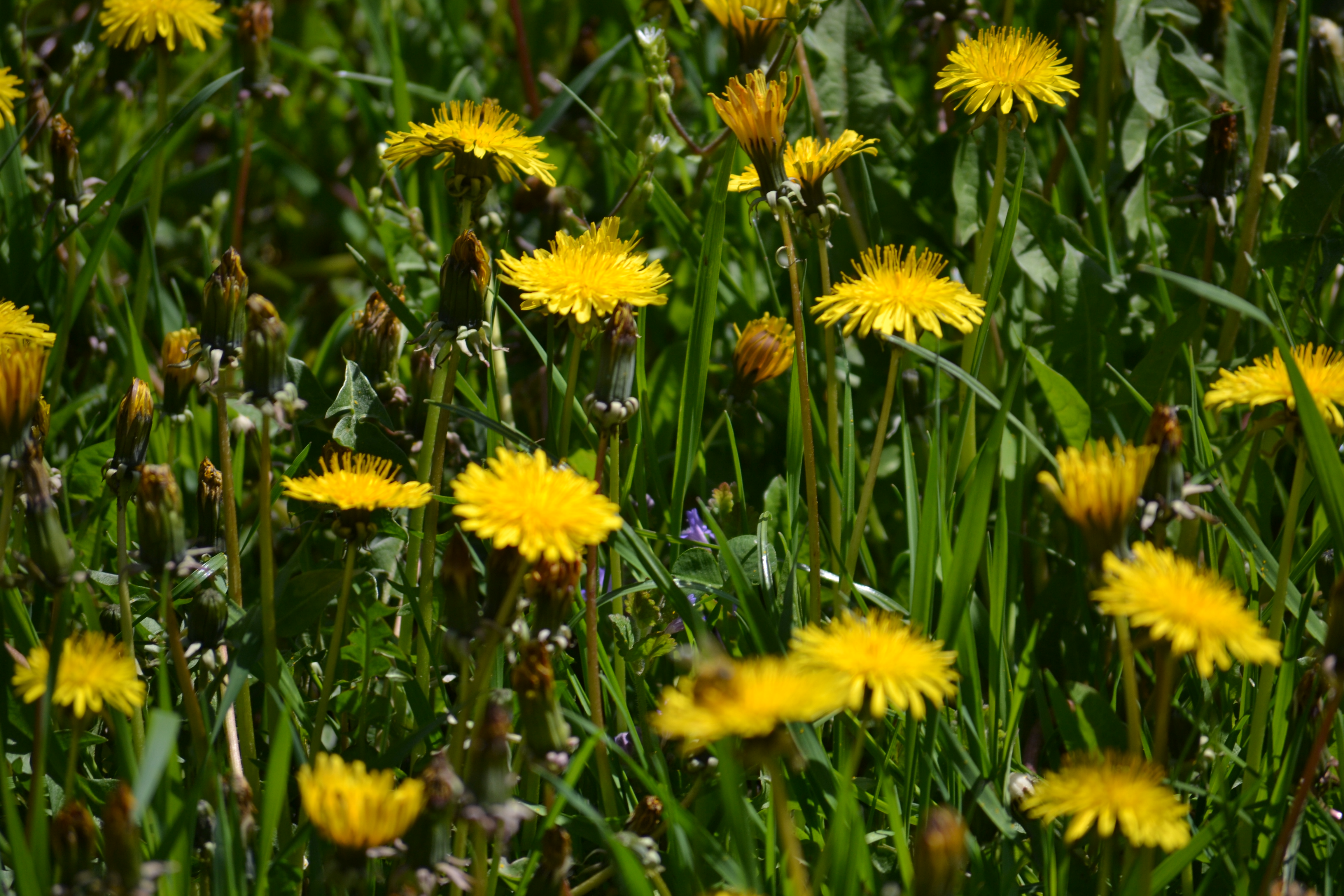Peter Tompkins and Christopher Bird, The Secret Life of Plants (New York: Harper and Roe, 1973).
James H. Wandersee and Elisabeth E. Schussler, “Preventing Plant Blindness,” The American Biology Teacher 61, no. 2 (1999): 82–86.
See: Matthew Hall, Plants as Persons: A Philosophical Botany. (Albany: State University of New York Press, 2011); Natasha Myers, “How to Grow Livable Worlds: Ten Not-So-Easy-Steps,” in The World to Come: Art in the Age of the Anthropocene, ed. Kerry Oliver-Smith (Gainesville: University of Florida Press, 2018); Jeremy Narby, “Jeremy Narby: Beyond the Anthropo-Scene,” Bioneers, 2017, ➝.
Gilles Clément, “Favoring The Living Over Form,” PCA-Stream 4, November 2017, ➝.
Daniel Chamovitz, What a Plant Knows: A Field Guide to the Senses (New York: Scientific American/Farrar, Straus and Giroux, 2017); Monica Gagliano, Thus Spoke the Plant: A Remarkable Journey of Groundbreaking Scientific Discoveries and Personal Encounters with Plants (Berkeley: North Atlantic Books, 2018); Stefano Mancuso and Alessandra Viola, Brilliant Green: The Surprising History and Science of Plant Intelligence (Washington, D.C.: Island Press, 2018); Suzanne Simard, “How Trees Talk to Each Other,” TED Talk, June 2016, ➝; Anthony Trewavas, “Aspects of Plant Intelligence,” Annals of Botany 92, no. 1 (2003): 1–20.
Martin Prechtel, The Unlikely Peace at Cuchumaquic: The Parallel Lives of People as Plants: Keeping the Seeds Alive (Berkeley: North Atlantic Books, 2012).
Graham Harvey, “We Have Always Been Animists,” YouTube, November 18, 2019, ➝.
Jeremy Narby, The Cosmic Serpent: DNA and the Origins of Knowledge (New York: Jeremy P. Tarcher/Putnam, 1999).
Step 7 from Natasha Myers, “How to Grow Liveable Worlds: Ten (not-so-easy) Steps for Life in the Planthroposcene,” ABC Religion & Ethics, January 7, 2021, ➝.
Interbeing is a commonly expressed concept in all the teachings of Thich Nhat Hanh and has no singular reference point.
Matthew Hall’s 2020 collection of global botanical myths across time, The Imagination of Plants, is a good starting point for connecting plant sentience with myth and the botanical imagination.
Carl-Hermann Hempen and Toni Fischer, A Materia Medica for Chinese Medicine: Plants, Minerals and Animal Products (Amsterdam: Elsevier, 2009).
Pam Montgomery, Plant Spirit Healing: A Guide to Working with Plant Consciousness (Rochester: Bear & Company, 2008).
Deborah Bird Rose, “Val Plumwood's Philosophical Animism: Attentive Interactions in the Sentient World,” Environmental Humanities 3, no. 1 (2013): 93–109.
David Abram, The Spell of the Sensuous: Perception and Language in a More-than-Human World (New York: Vintage, 1997).
